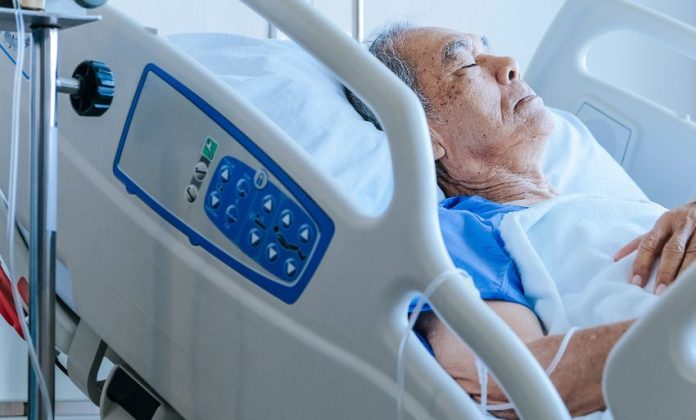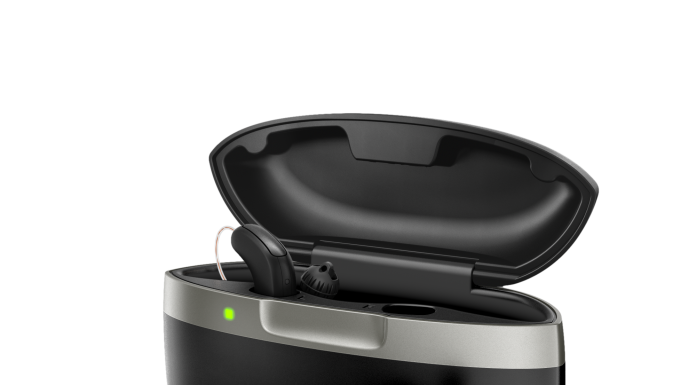Caregivers provide the utmost care for hospitalized patients, and one aspect of that care is preventing pressure ulcers. Pressure ulcers, also called bedsores, are characterized by skin and tissue breakdown. Prolonged, concentrated pressure on the body causes bedsores.
Pressure ulcers can be painful and itchy and lead to medical complications. Fortunately, diligent care can significantly reduce the risk of developing these sores. Use these tips for preventing pressure ulcers on hospital patients.
Reposition Regularly
Encourage patients to shift their weight hourly while lying in bed or sitting. Advanced hospital beds help enhance patient comfort, so ensure you understand the bed’s positioning capabilities to provide the best care.
Repositioning relieves pressure on vulnerable areas such as the heels, elbows, and lower back. Adjust the bed carefully to minimize shearing, which occurs when two surfaces move in the opposite direction. For example, you should elevate the head of a bed no more than 30 degrees to prevent the skin over the tailbone from pulling.
Use Supportive Bedding
Another tip for preventing pressure ulcers on hospital patients is to use supportive bedding and cushions. High-quality pressure-relieving mattresses distribute weight evenly and reduce friction.
Place pillows and cushions strategically to alleviate pressure points and align the body properly. Special pillows, foam cushions, mattress pads, and foot booties offer better support. Do not use folded towels or blankets, as these materials can press too firmly against the skin.
Provide Gentle Skin Care
Wet or dry skin is more likely to get damaged. Moreover, senior adult skin is more delicate and prone to damage. Implement a thorough skin care regimen to safeguard a patient’s skin against bedsores.
Clean the skin daily with mild soap and warm water, then rinse and dry thoroughly. Apply a moisturizer that the patient’s healthcare provider has approved.
Tip: Inspect Skin Twice a Day
Monitoring the skin twice daily is key for prevention and early treatment of pressure ulcers. Check for blisters and bruises, changes in skin color, and cracked or dry skin.
Hardness, swelling, and warmth may indicate skin breakdown. If you notice discoloration or other concerns, speak to a healthcare provider.
Repositioning, supportive bedding and cushions, and gentle skin care enhance patient well-being and mitigate the risk of bedsores. Use these tips to provide compassionate care.






















